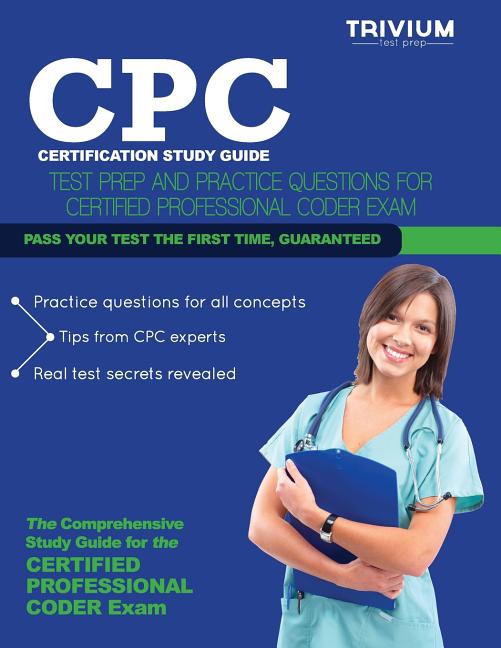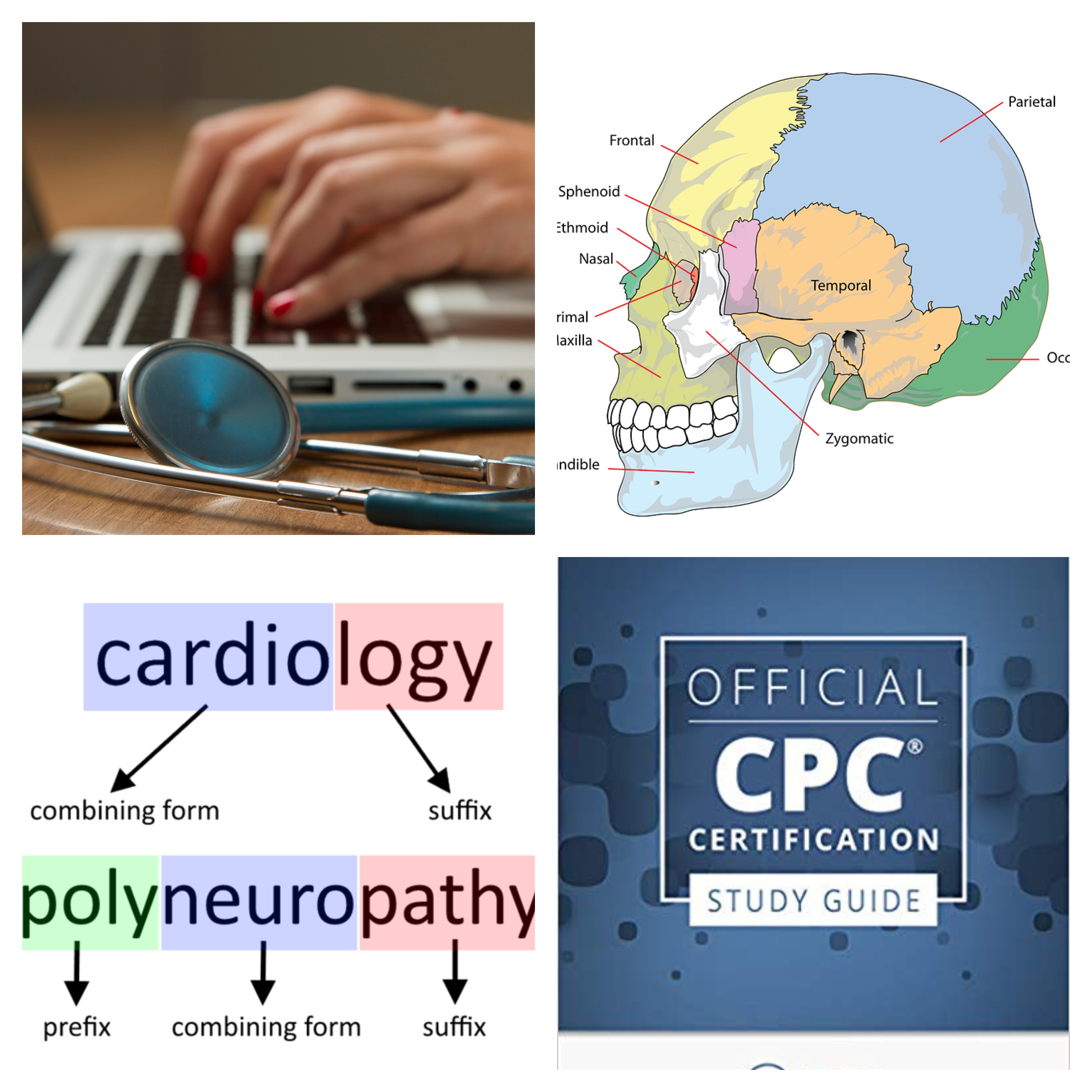

When you’re taking a test like the CPC exam, which is almost six hours long and consists of 150 questions, it’s a good idea to break things down to make them more manageable. Mark these pages and refer to them during the test if you’re stumped on a question pertaining to anatomical terminology.
#Cpc exam prep manual#
The CPT manual has a number of diagrams of the human body, including illustrations of the ocular system and adnexa, the musculoskeletal system, the nervous system and much more. When you’re taking the CPC exam, you’ll be asked to perform though you were coding at your regular coding job, so set up your manual in the way that makes the most sense for you.Īlso be aware that each manual has loads of helpful information beyond the codes.
#Cpc exam prep code#
Use these to mark off where code sections begin (like the Surgery or Medicine sections in the CPT manual), and where to find certain appendices. The CPT manual, for instance, comes with a number of tabs you can place in the book to mark certain important places. It’s a good idea to mark the important or frequently used sections of your code manuals. You are also not allowed to tape anything into these manuals. You’re allowed to have notes in the margins of these manuals, but these notes can’t contain any test-specific information.
#Cpc exam prep manuals#
When you take the CPC exam, you’re allowed to bring in each of the code manuals (the ICD, CPT, and HCPCS manuals). You should try and score at least an 80% on a practice exam before you take the real CPC exam. Many practice exams can be easier than the actual exam, but you should still take them seriously. A number of private companies have practice CPC exams, but the AAPC’s practice exams are probably your best bet.ĭon’t treat practice exams as formalities or wastes of time. Were you sloppy with your ICD-10-CM codes? Review the ICD-10-CM manual. On your first test, did you struggle with the Anesthesia codes? Go back over that section. Treat these exams like real tests: study extensively for them, time yourself as you take them, and then note which questions, and more importantly what type of questions, you regularly get wrong. Once you’ve studied up, be sure to take advantage of as many practice exams as you can. There will be questions on the exam that explicitly reference medical or anatomical terminology (questions like, “What kind of joint is this?”), but having a strong medical vocabulary will help you in deciphering other questions as well. Still, it’s a very good idea to brush up with this through flash cards or review courses. If you’ve amassed that experience, you should be relatively familiar with medical terminology and anatomy and physiology.

#Cpc exam prep professional#
Most people take the exam only after they’ve been working in coding for a little while (to be certified, the CPC requires a passing score and two years of professional experience, or the educational equivalent). Know the manual back to front, and be comfortable navigating it and using its numerous appendices. While there are some questions on ICD-10-CM codes and HCPCS, there are far more questions that relate to the CPT code set, so it’s good to focus your study efforts there. Here are a couple ways of to cope with this large, intimidating exam.ĭuring the exam, you’ll spend the most time with the CPT manual.

Since the CPC exam covers so many topics, it’s easy to get overwhelmed in the preparation stages. You should, however, consider taking the AAPC’s CPC practice exams. You should only purchase the AAPC’s training materials if you’re very far out of practice. You’ll learn everything you need to pass the CPC exam in a coding course at a university or community college. These are available through the AAPC’s website, but they’re fairly expensive. The AAPC has a number of preparation materials for the Certified Professional Coding (CPC) exam.


 0 kommentar(er)
0 kommentar(er)
